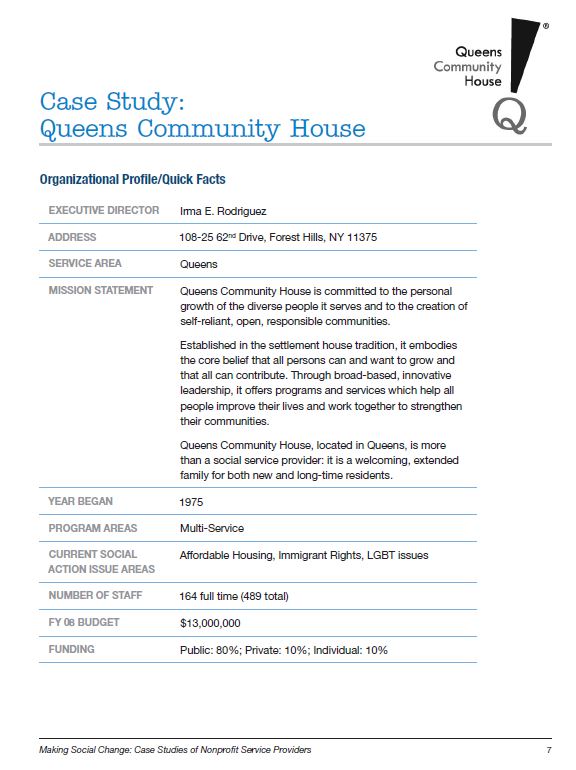
Queens Community House
This case study describes how Queens Community House in New York, fashioned after the settlement house tradition, offers services and programs to help individuals improve their situation and strengthen their community. It follows the story of Queens Community House from a service provider to a powerful community building organization.
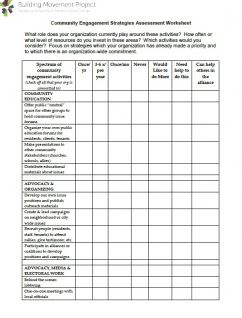
Community Engagement Assessment Worksheet
This tool helps agencies take stock of their current level of community engagement by presenting a set of activities and prompting agencies to think about how often they currently engage in each of these activities. The worksheet also helps agencies think about how they want to go about addressing this level of engagement and helps them think through their priorities in this area. (Developed by Margi Clarke and Emily Goldfarb, consultants to social change organizations.)
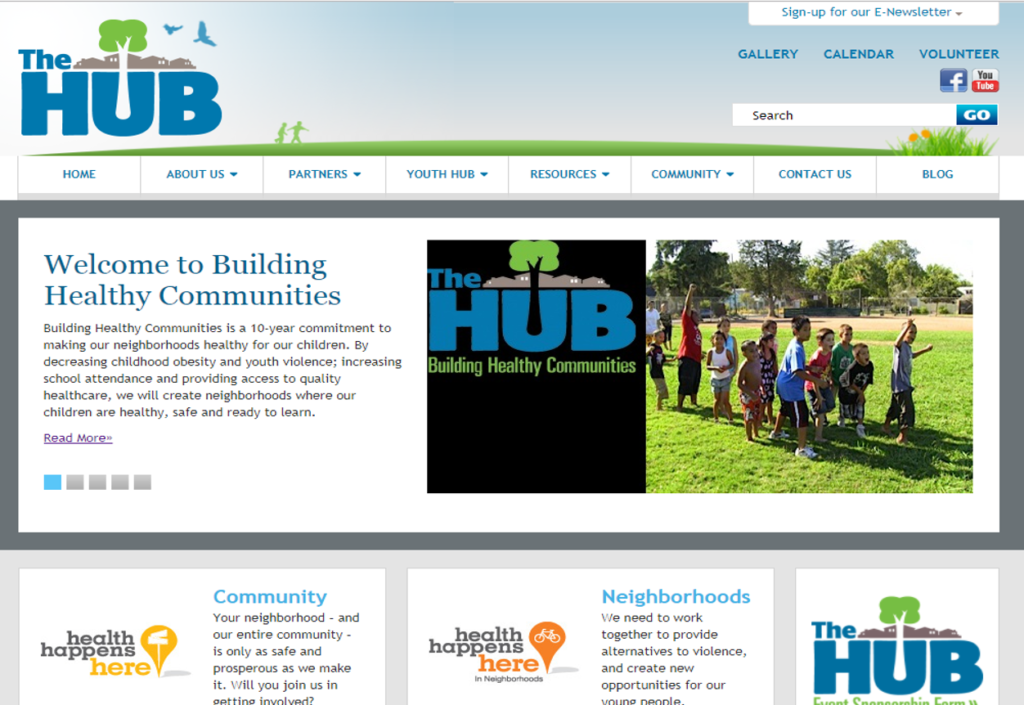
The Hub- Sacramento Building Healthy Communities (BHC)
The Hub Sacramento Building Healthy Communities (BHC) is a media portal for the California Endowment’s Building Healthy Communities Initiative in South Sacramento. A key part of the Hub’s role is to support the empowerment and engagement of individuals who participate, build relationships, and help to create a big picture for improving communities.
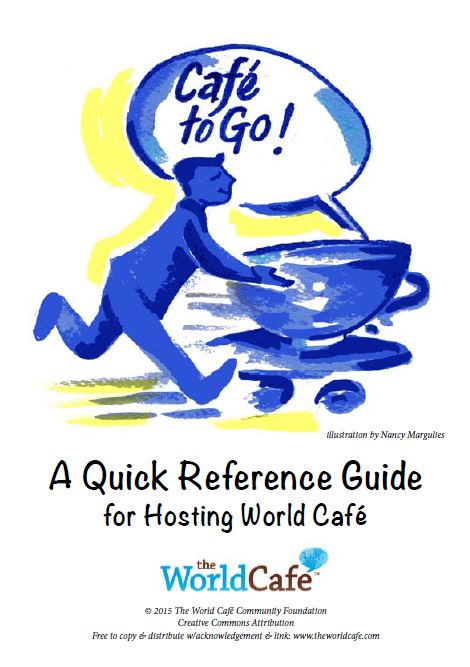
Café to Go: A Quick Reference Guide for Hosting World Café
The World Café has been asking important questions and sparking conversations for many years all over the world. These guidelines provide the tools needed to hold a Café conversation that can be used in many different settings and with a variety of stakeholders.
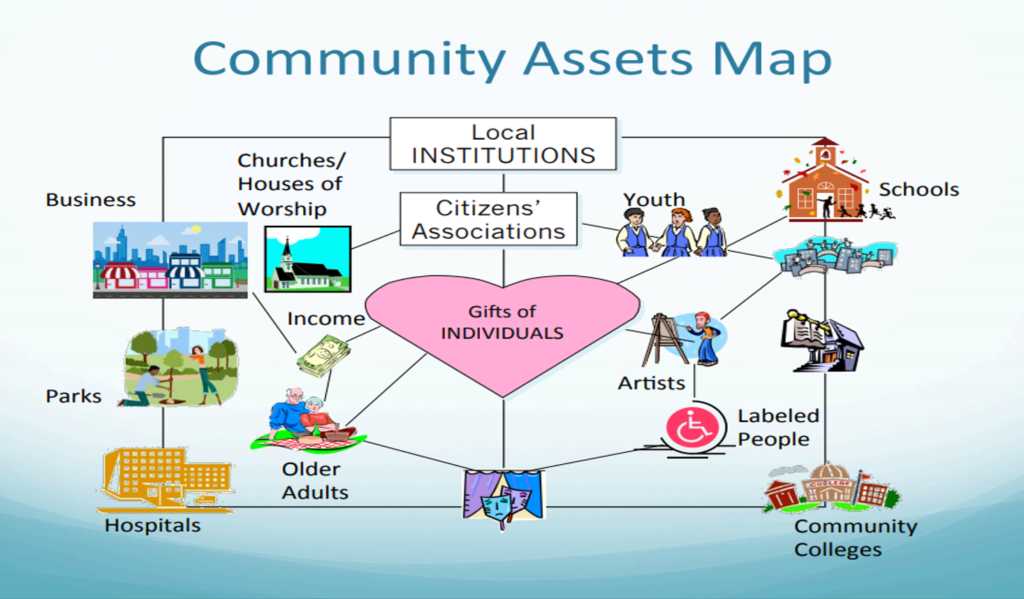
Asset Based Community Development Resources
Asset Based Community Development is a strategy to link individual and community assets to the larger change initiatives so that communities
can drive the development process by identifying and mobilizing existing, but often unrecognized assets, and thereby responding to and creating local economic opportunity. This website/toolkit is a link to Asset Based Community Development resources. It provides talking points, asset mapping tools and facilitation tools. In the context of assessment, the approach uses a capacity inventory rather than a needs assessment to identify assets within the community that may not be obvious or useful to residents.
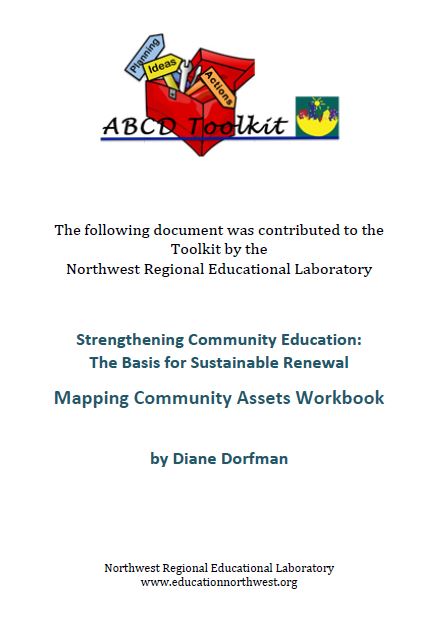
Community Asset Mapping Workbook
This resource, contributed to the ABDC Toolkit by Northwest Regional Educational Laboratory, is an exercise in community development. It begins by asking the reader to perform a self-assessment to determine personal assets. The text then explores ways to map one’s community, to identify the needs, strengths, and powerful and positive people who make up the community. Once the assets are listed, a pool of resources, skills, and knowledge can be defined. Next, the assets of institutions, such as schools and the children they educate, may be listed. By learning how to ask what communities have to offer, a process of building, creating, and developing can be put into motion, and new ideas for community building can be gained.
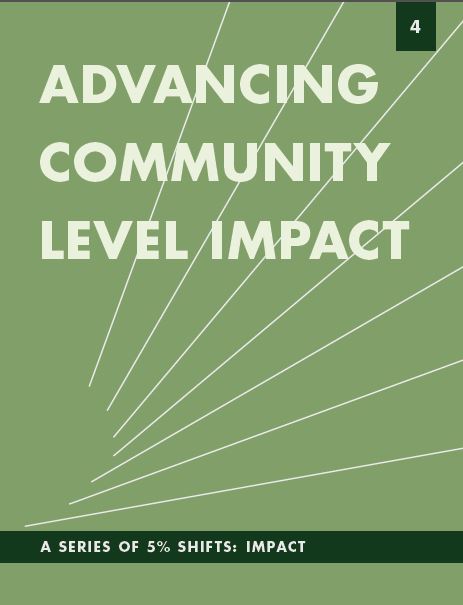
Advancing Community Level Impact
This report examines how two organizations developed and executed strategies that advanced their commitment to bridge the service-organizing “divide” by thinking beyond individual needs to address problems at a community level.
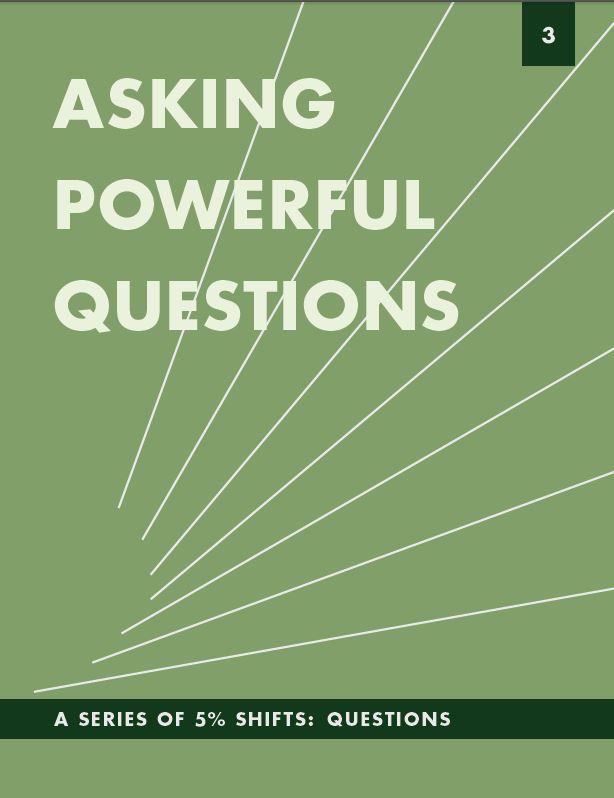
Asking Powerful Questions
This publication includes a conceptual framework, examples, agendas and worksheets to learn to and apply asking powerful questions
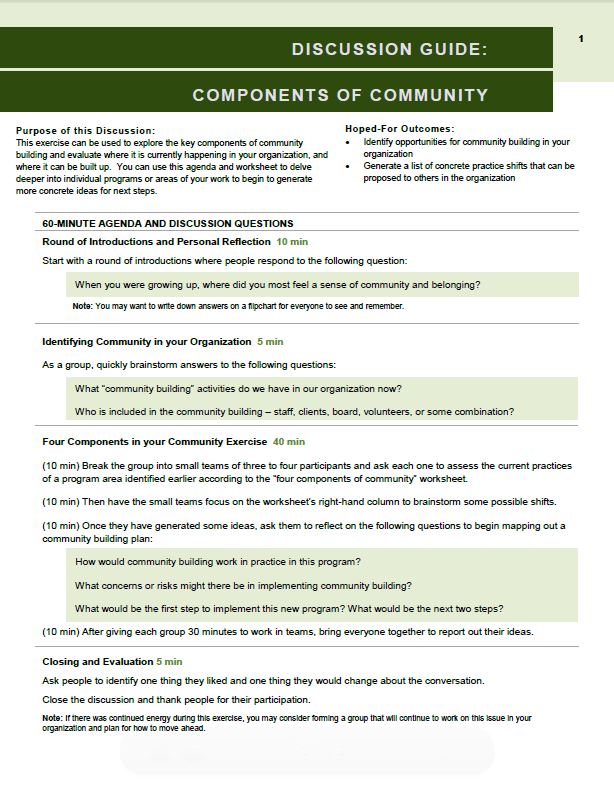
Components of Community
This guide helps organizations explore the key components of community building, evaluate how community building is currently taking place in the organization, and opportunities to expand community building.
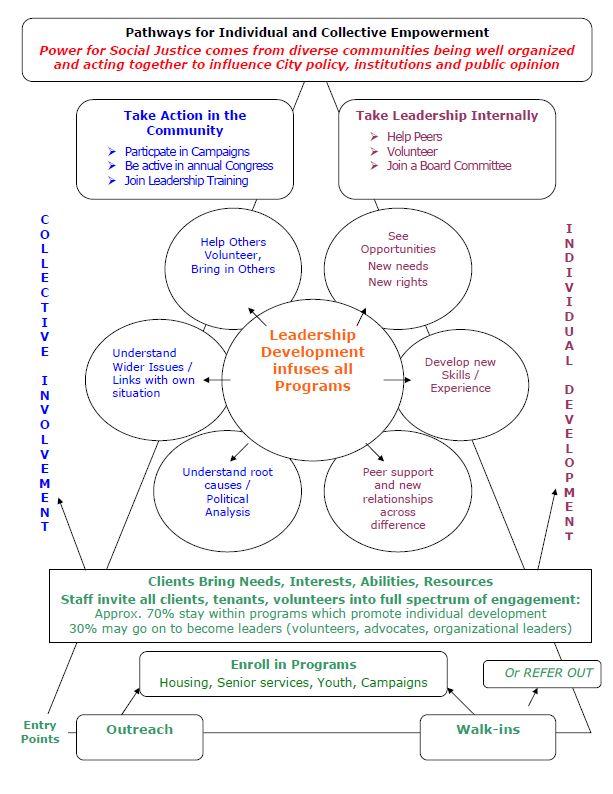
Pathways for Individual and Collective Empowerment
This detailed diagram illustrates how collective involvement and individual development empower social justice actions within a community. It can be used with the organization to measure change across a spectrum to increase understanding of the forces that are driving change and where efforts need to be focused.
